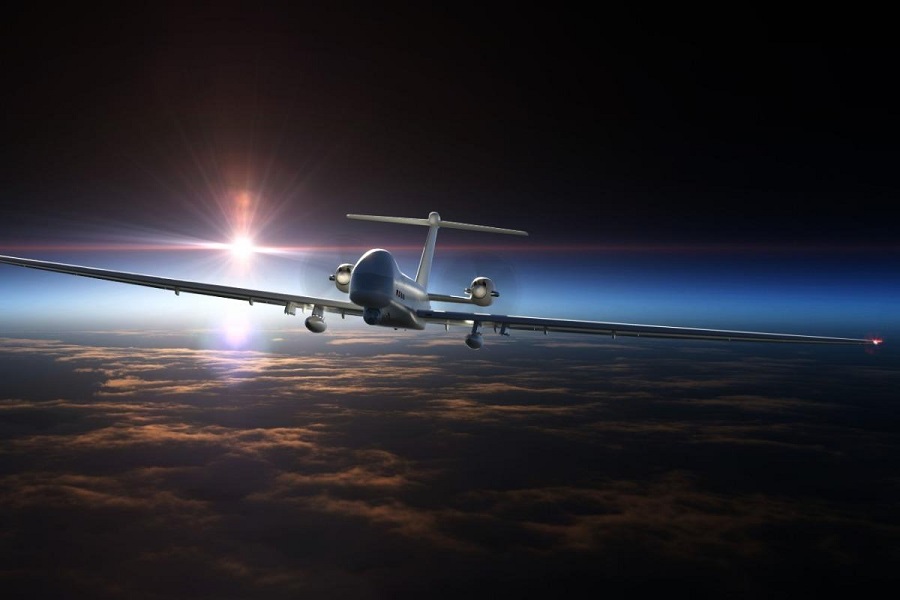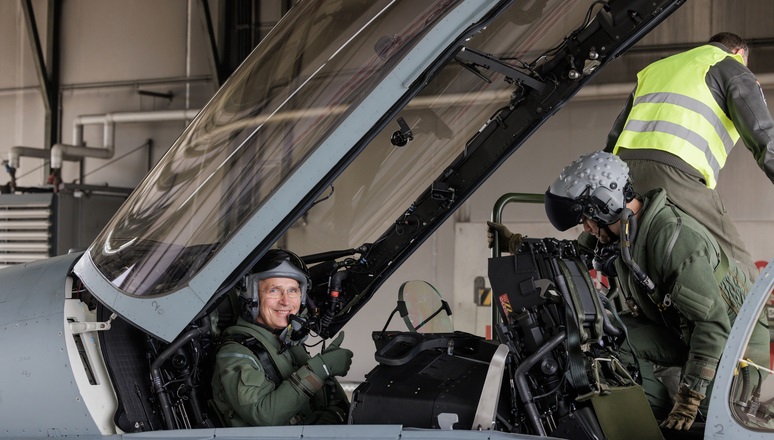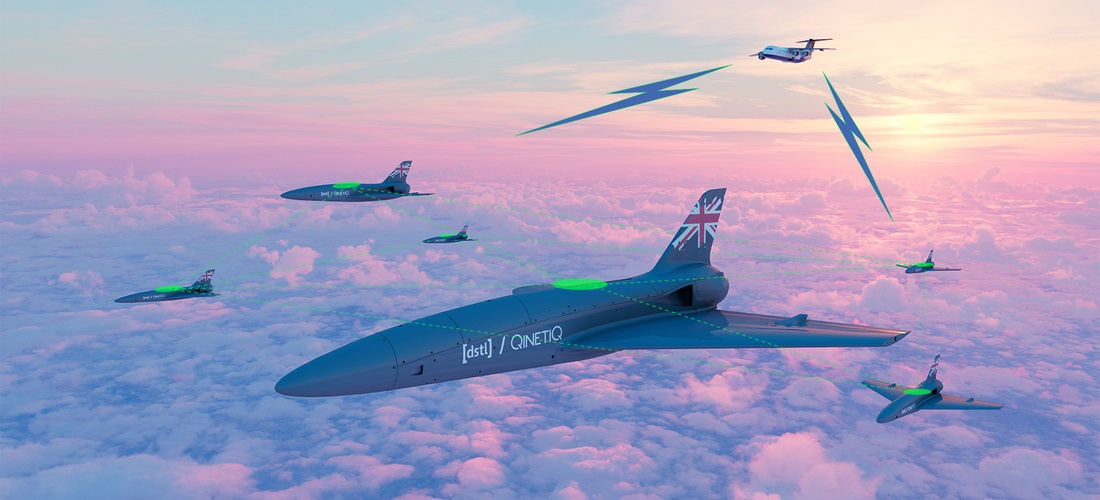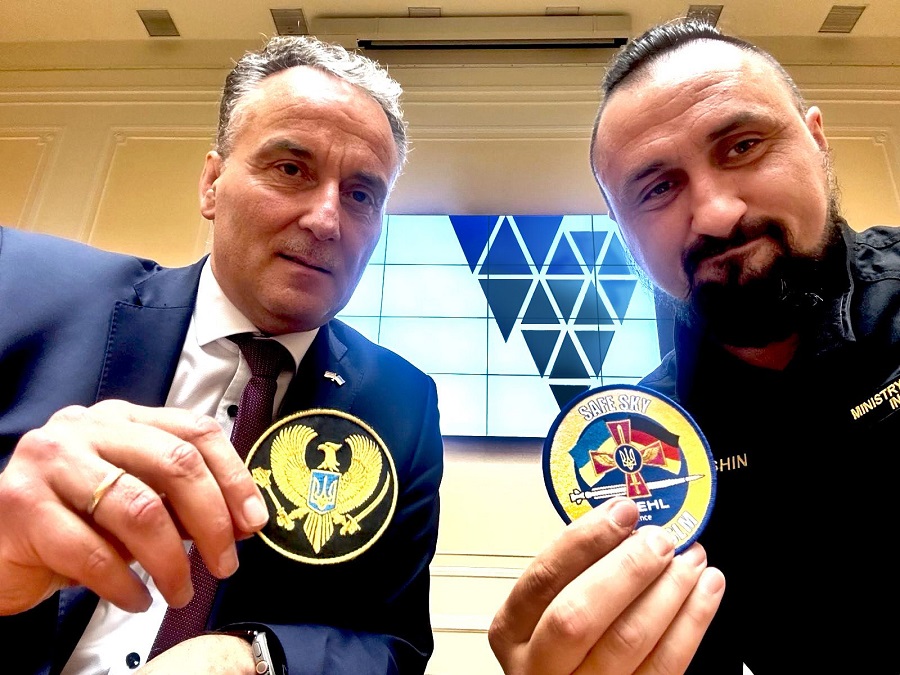There has been movement on the expansion of German air defense after the German Chancellor outlined the idea of a European solution. However, the introduction of an entirely new tactical air defense system is not currently foreseeable. Thus, the solution will likely come down to a further development of the Patriot system. The air threat from maneuverable ballistic missiles and hypersonic weapons is increasing – which literally calls for upgrading the existing system with contemporary capabilities.
Energy supply plays a key role in modernization and adaptation to current defense scenarios, as more and more powerful components are being used. This is the case, for example, in the design of new radars such as the LTAMDS radar or in the formation of entire protective shields, which are also intended to grow with the system and be interlinkable via plug-and-fight functions. At the same time, however, resource-saving components are also required, in terms of emissions, but also fuel consumption and thus deployment costs.
VINCORION has been a supplier for the Patriot System for over 30 years. As a technology company focusing on innovative energy systems in safety-critical applications, it concentrates on modernizing the American air defense system. The company is benefiting from its experience with mobile, hybrid power supply units in the 50 to 200 kilowatt range, such as those VINCORION will be supplying to the German armed forces. It can be revealed that the first design reviews are scheduled for the end of 2023.

HPS launcher for PAT Hybrid. Image: VINCORION.

HPS launcher for PAT Hybrid. Image: VINCORION.
In this concept, one of VINCORION’s most important building blocks is also decarbonization. The technology company is planning a modular product family that combines engines, generators and supplementary energy storage systems for hybrid use. The concept includes prototypes for launchers and aerial mast vehicles with 15 kW, for stand-alone fire control stations with 30 kW, and 150kW gensets for radar power supply. All modules are planned with a standard 20-foot transport interface to the carrier vehicle – this simplifies logistics and makes the gensets easy to deploy.
The strict Stage V exhaust gas values are set. VINCORION’s generating sets can be fueled with common NATO fuels and operated in parallel as well as in combination with several systems. The decisive innovation here is the emission downgrade technology. For example, it enables power generation with low-grade fuels while maintaining a reliable power supply during foreign missions. This guarantees a reliable and safe mission. However, the local grid can also serve as an alternative energy source. A dual-track power supply is thus established via the modules. In the event of a failure, the power generation unit can take over immediately.
This article was originally published on VINCORION website.




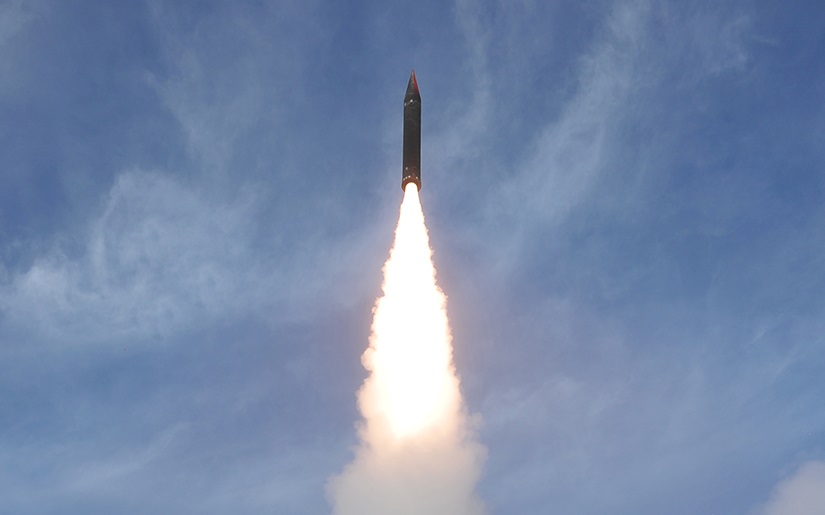


![Croatian Air Force receives first six Rafale fighters from France [VIDEO]](https://defence-industry.eu/wp-content/uploads/2024/04/Dassault-Aviation-delivers-first-six-Rafale-fighters-to-Croatia-VIDEO.jpg)

